
Laetitia Marie Laure Casta is a French model and actress.

Francis Picabia was a French avant-garde painter, writer, filmmaker, magazine publisher, poet, and typographist closely associated with Dada.
Lettrism is a French avant-garde movement, established in Paris in the mid-1940s by Romanian immigrant Isidore Isou. In a body of work totaling hundreds of volumes, Isou and the Lettrists have applied their theories to all areas of art and culture, most notably in poetry, film, painting and political theory. The movement has its theoretical roots in Dada and Surrealism. Isou viewed his fellow countryman Tristan Tzara as the greatest creator and rightful leader of the Dada movement, and dismissed most of the others as plagiarists and falsifiers. Among the Surrealists, André Breton was a significant influence, but Isou was dissatisfied by what he saw as the stagnation and theoretical bankruptcy of the movement as it stood in the 1940s.

Jonas Mekas was a Lithuanian-American filmmaker, poet, and artist who has been called "the godfather of American avant-garde cinema". Mekas's work has been exhibited in museums and at festivals worldwide. Mekas was active in New York City, where he co-founded Anthology Film Archives, The Film-Makers' Cooperative, and the journal Film Culture. He was also the first film critic for The Village Voice.

Sonia Rykiel was a French fashion designer and writer. She created the Poor Boy Sweater, which was featured on the cover of French Elle magazine. Her knitwear designs and new fashion techniques led her to be dubbed the "Queen of Knits". The Sonia Rykiel label was founded in 1968, upon the opening of her first store, making clothing, accessories, and fragrances. Rykiel was also a writer, and her first book was published in 1979. In 2012, Rykiel revealed that she was suffering from Parkinson's disease. She died from complications of the disease on 25 August 2016.
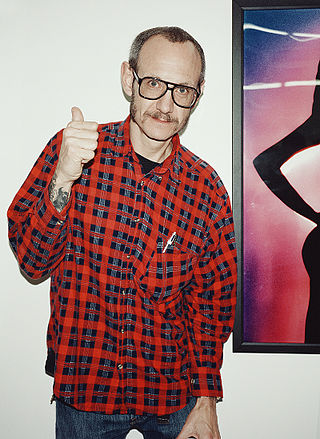
Terrence Richardson is an American fashion and portrait photographer. He has shot advertising campaigns for Marc Jacobs, Aldo, Supreme, Sisley, Tom Ford, and Yves Saint Laurent among others, and also done work for magazines such as Rolling Stone, GQ, Vogue, Vanity Fair, Harper's Bazaar, i-D, and Vice.
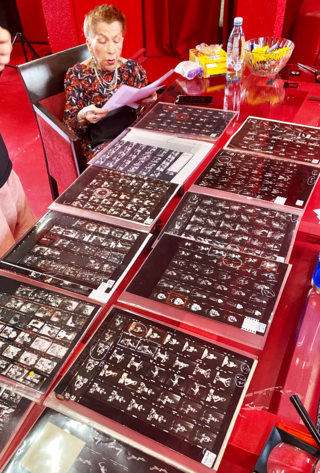
Irina Ionesco was a French photographer. She traveled and painted for several years before discovering photography and eventually became known for her erotic photography and most controversially for using her pre-pubescent daughter as a model.

Ricciotto Canudo was an early Italian film theoretician who lived primarily in France. In 1913 he published a bimonthly avant-garde magazine entitled Montjoie!, promoting Cubism in particular. Involved in numerous movements yet confined to none, Canudo exuded seemingly boundless energy. He ventured into poetry, penned novels, and established open-air theatre in southern France. As an art critic, he unearthed talents like Chagall, curating a Chagall exhibition in 1914. In that same year, alongside Blaise Cendrars, he issued a call for foreigners residing in France to enlist in the French army. Among the 80,000 who responded was Canudo himself.
Guy Bourdin, was a French artist and fashion photographer known for his highly stylized and provocative images. From 1955, Bourdin worked mostly with Vogue as well as other publications including Harper's Bazaar. He shot ad campaigns for Chanel, Charles Jourdan, Pentax and Bloomingdale's.

Ilia Mikhailovich Zdanevich, known as Iliazd, was a Georgian-Polish and French writer, artist and publisher, and an active participant in such avant-garde movements as Futurism and Dada.
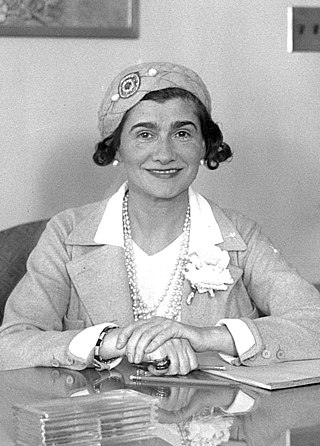
Gabrielle Bonheur "Coco" Chanel was a French fashion designer and businesswoman. The founder and namesake of the Chanel brand, she was credited in the post-World War I era with popularising a sporty, casual chic as the feminine standard of style. She is the only fashion designer listed on Time magazine's list of the 100 most influential people of the 20th century. A prolific fashion creator, Chanel extended her influence beyond couture clothing into jewellery, handbags, and fragrance. Her signature scent, Chanel No. 5, has become an iconic product, and Chanel herself designed her famed interlocked-CC monogram, which has been in use since the 1920s.

Helmut Lang is an Austrian artist and former fashion designer and mentor who lives and works in New York and on Long Island.
Christophe Brunnquell is a French art director, and artist.
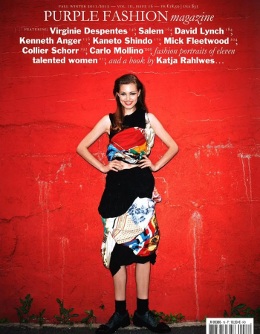
Purple is a French fashion, art and culture magazine founded in 1992.
Katja Rahlwes is a German fashion photographer, based in Paris.
Katerina Jebb is a British-born artist, photographer and film-maker.
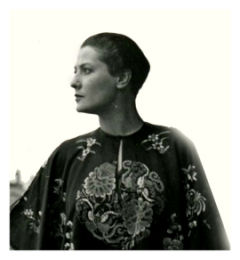
Suzanne Belperron (1900–1983), born in Saint-Claude, France, was an influential 20th-century jewellery designer based in Paris. She worked for the Boivin and Herz jewellery houses before the outbreak of World War II. Subsequently, she took over the Herz company, renaming it Herz-Belperron. She had many important clients, including royalty and people in the arts and show business on both sides of the Atlantic.

Philippe Robert is a French photographer. His work includes portraits, fashion, and advertising photos.
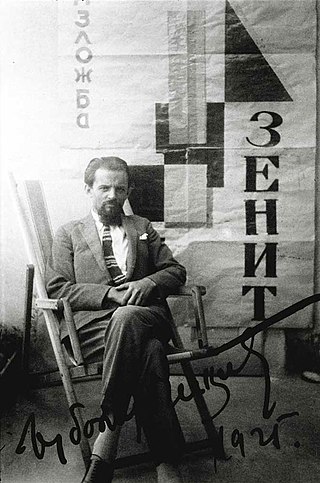
Ljubomir Micić was a Serbian poet, writer, critic, editor and actor. He was the founder of the avant-garde movement Zenitism and its magazine Zenit. Both he and his brother, Branko Ve Poljanski became prominent avant-garde artists.

Vincent Darré is a French stylist and interior designer. From 1995 to 2001, he was the assistant of Karl Lagerfeld. Later, he was the head designer at Moschino, then the artistic director of Ungaro. He currently designs interiors and furniture.
















